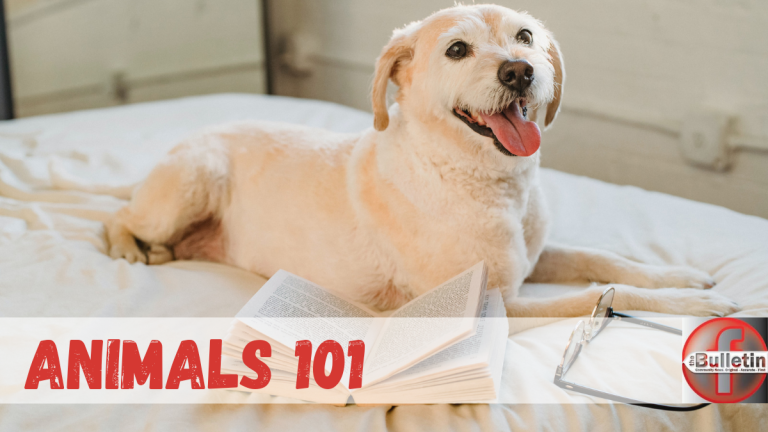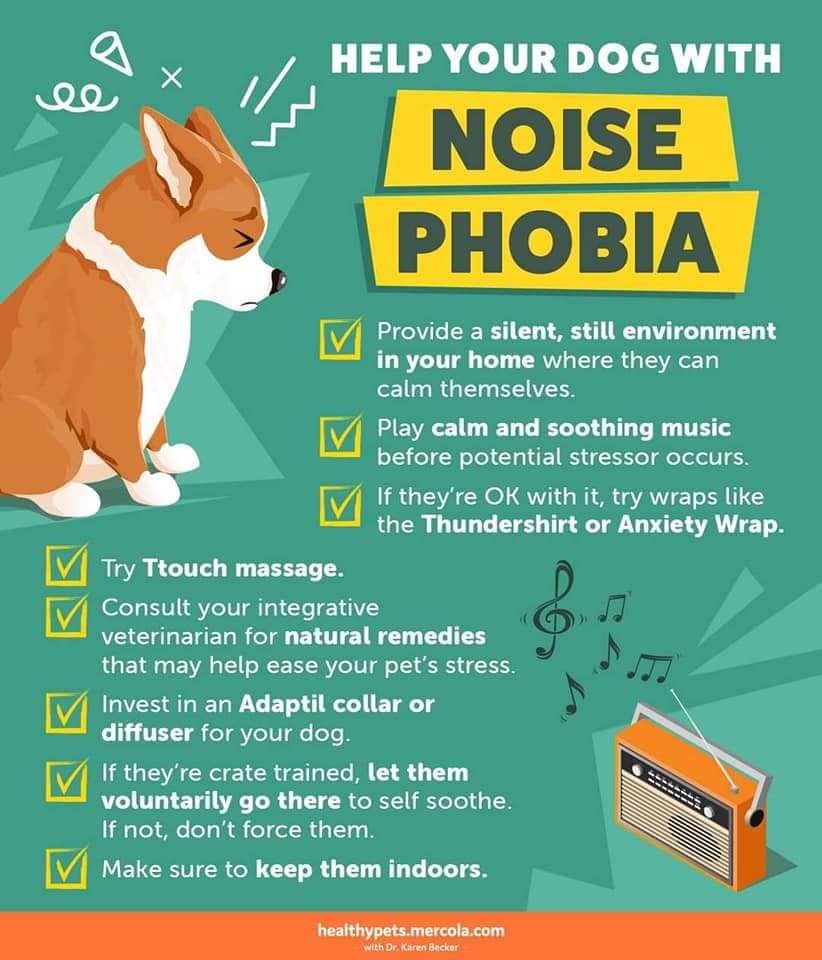
STORMY WEATHER AFFECTS MANY PETS AND THERE IS NO EXCUSE FOR NOT HELPING THEM COPE, OR FOR GETTING OUT OF YOUR YARD.
Why don’t people attend to the needs of their pets during stormy weather as they would tend to their child’s special needs? My heart breaks for those animals who are failed by their owners. There is always an increase in lost and injured pets after stormy weather or fireworks. In many cases, it is the same animals that are out in the streets and it is PREVENTABLE!
If your dog is afraid of stormy weather or other loud outside noises, leaving them outdoors while they are anxious or panicked is the worst thing you can do. Dogs regularly run away or seriously injure themselves attempting to escape outdoor enclosures or runs during stormy weather and other noisy events.
So many excuses are given by the owners including that they have tried “everything”, which I don’t believe. There will be very few exceptions where nothing worked. When we suggest options, they say money is the issue, however they can eat out, do their hair and nails, go on vacations, but they can’t take proper care of the animal they chose to have.
One of the five freedom of animal welfare includes the freedom from fear and distress and for me, this refers to love and understanding for the animals in your care and their needs. Creating an environment that is free from fear and distress is essential for their well-being. Not only is it important to provide them with the necessary physical comforts and to ensure that their mental health is taken into consideration, it is your moral duty.
Noise phobia is a reality and many cats, dogs and other animals can suffer from it. The good news is that you can do something about it if you care enough for those animals. I understand that we can’t control the weather, but you can do a lot to help them cope better with weather or other noise phobias.

Also read about the natural and odd behaviours of pets.
WHAT IS NOISE PHOBIA?
Noise phobia describes a fearful reaction to certain sounds in the environment. It’s important to understand the difference between fear, anxiety, and phobia in your dog.
It is important to recognize that animals, both domesticated and wild, are naturally programmed to be scared of loud noises. This is an instinctive and evolutionary reaction to an unknown danger, which can cause the animal to flee before the brain has had time to process the sound. This can lead to harm. Generally, animals are more sensitive to their surroundings than humans. While both cats and dogs can suffer from noise phobias, it is more common in dogs.
Animals that depend on their hearing for survival are especially susceptible to the issues that come with noise pollution including prolonged exposure. If your pup is suffering from noise phobia, it is essential to address the issue quickly. Dogs that become sensitive to one sound are likely to become reactive to other noises too.
Common pet noise phobias include thunderstorms, fireworks and gunshots, but common household noises such as a vacuum cleaner, alarm and more can also be triggers and few pet parents take note of it. According to research, these loud or high-pitched noises increase cortisol in your dog’s body and could negatively impact their behaviour, health, and possibly lifespan.
CAUSES OF NOISE AVERSION
There are several causes of noise aversion and certain breeds are predisposed. According to a 2008 study shared by Dr. Karen Becker, dogs tend to develop noise aversion in one of four ways:
- Lack of habituation — The dog encounters a novel, startling sound and fails to learn that it has no consequence or meaning, continuing to show fear instead.
- Stress-induced dishabituation — The dog experiences a stressful event and is therefore at a higher level of stress at the same moment of the environmental sound and is unable to cope with the noise as he previously had, resulting in a fear response.
- Sensitization — A noise bothers a dog more and more over time, causing them to be more sensitive to it rather than learning to ignore it.
- Social transmission — The dog learns to fear a noise from another dog in the household.
I also think that taking puppies/kittens away from their moms before 12 weeks can have an impact as they learn valuable behaviour from their moms.
SIGNS OF NOISE PHOBIA
- Vocalization.
- Hiding or escape.
- Excessive panting and/or salivation.
- Destructive behaviours.
- Trembling and pacing, or freezing in place.
- Uncontrolled urination and/or defecation.
LET’S LOOK AT THUNDERSTORMS (Craig View Veterinary Clinic)
A full-blown storm phobia may be the result of a combination of barometric pressure changes, static electricity, wind, odours, thunder, lightning, and low-frequency rumbles that precede a storm. However, if your dog does not display any other signs of canine noise aversion or separation anxiety, the static electricity is likely causing them to be anxious.
Storms can also physically hurt dogs because the sound frequencies produced during storms can be painful to your dogs’ ears and the static electricity that accumulates in their fur due to changes in pressure can be unpleasant. So, when dogs are freaking out during stormy weather, they’re not just unsure of what’s happening, but they may be experiencing a painful physical reaction.
Thunderstorms literally charge the air with electricity, making it easier for the static build-up to occur in the coat of your pet. It’s even easier for static to build up in larger dogs and those with double or long coats. If your dog has a static build-up in its coat, he or she might get a mildly uncomfortable shock to their sensitive nose if they touch it against metal and this could lead to a full-on phobia.
Those nasty little shocks might explain why your dog takes off for the corner of the bathroom or another enclosed space in your home when stormy weather is imminent, as these places are grounded and there is less of a threat of static electricity zapping your poor dog.
WAYS TO HELP YOUR PET
Storm phobias tend to get worse over time instead of better and this is why, the earlier you start to address it, the better. There are many things you can do to help your noise-phobic dog. Rather than saying or doing something that might reinforce anxious behaviour, try simply observing your pet during a fearful episode and see what you can do to help calm them.

- Creating a safe space for them to retreat to, is one of the first things to do!
- Make sure your yard is secure and safe as many pets who try to escape get stuck on palisades or hurt on another fencing. You can contact Pet Safety Solutions for this.
- Make sure they are microchipped AND that you registered the microchip on more than one database. Make sure your microchip information is up-to-date as well as your pets having an up-to-date tag on their collar. This is a big challenge when we find pets with out-of-date details.
- Consult with a fear-free behaviourist (there is a difference between a trainer and a behaviourist) to help desensitize your pet.
- Teach your pet to use a Kong or chew toy so that they can engage in this calming activity during the next thunderstorm occasion.
- If you know your pet is prone to extreme stress during this time, then see your veterinarian before the time for some medication. Consult your integrative veterinarian about herbal, homoeopathic, TCM (Traditional Chinese Medicine) and flower remedies that could help alleviate your dog’s stress. Don’t use human medication! Please note that these remedies/medication has to be used with behavioural therapy!
WHAT TO DO DURING THUNDERSTORMS IF YOU ARE AT HOME
- On the day of the expected thunderstorms, look for your animals, especially cats before it starts.
- Close doors, windows and curtains so your pet is not startled by sudden flashes or tries to escape when spooked.
- If your cat is not used to being indoors, provide extra litterboxes inside.
- Create a safe spot for your pet to retreat to when they’re feeling anxious about an approaching storm. It should be indoors, in an interior room of your home, one with no windows, if possible. Place a crate in the space along with bedding, water, treats and a toy. Anything that can help mask the sounds too. Cats also feel secure in and love boxes.
- Put on the TV or soft calming music, to mute the thunderstorm bangs.
- Distract your pet with treats or play time during the storm. Give them something to chew. Creating an association between play and the cracks of lightning will aid in generalizing a positive emotional state during thunderstorms or fireworks.
- Stay home with your pets in these frightening times as you would with frightened children and stay calm as they can feel your anxiety. If your pet is hiding, don’t try to lure them out. This can make them more anxious & stressed.
- Try putting gentle, continuous pressure on your pet to calm them. If they’ll allow it, try leaning gently on or against them without petting or stroking. If this is helping, you’ll feel your pet’s muscles begin to relax. If instead, they seems to grow more anxious, this isn’t a technique that will be beneficial for tehm. If your dog seems to respond well to pressure applied to their body, there are wraps available like the Thunder-shirt that many pet owners and veterinarians find extremely helpful. T-touch is a specific massage technique that may also help anxious pets. For some, a weighted blanket or wrapping helps too.
- Ear protection for dogs is available, if they are comfortable with it, which can decrease the intensity of the sounds at least.
- If your dog is crate trained, they may go there voluntarily to self-soothe, or you can lead the way. A blanket draped over the crate may help them relax. However, if your dog doesn’t normally use a crate, or worse, has a fear of crates due to a past bad experience, this isn’t the time to use one and it should never be forced.
WHEN YOU ARE NOT HOME
There are those days that you might be at work when a thunderstorm starts. There is still no excuse for not providing for your pet in these times. When we make plans, we check the weather in advance and make arrangements accordingly. I will easily cancel plans because I care that much for my fur-family members.
- You will need to work with a fear-free behaviourist to address this fearful and anxious behaviour by employing behaviour modification techniques designed to alleviate noise aversion. Find behaviourists here. Use a teaspoon to knock on various surfaces around the house and follow up with a treat. This teaches your dog that startling sounds predict yummy food. Watch this video by best behaviour for more details.
- Provide a safe and secure place to rest (quiet room or crate). Leave windows and curtains closed in that room to muffle the sounds. I would rather leave such a dog in the house. You can clean up poop and pee later as their safety should take priority. If you can’t keep them in the house, then use an outside building or build a kennel your pet feels secure in and which is soundproofed as much as possible.
- Some recent studies interestingly show a positive effect of daily probiotics on anxiety. Specifically, the bacteria Bifidobacterium longum showed a reduction in overall anxiety and stress in dogs.
- Check in on them during your lunchtime. You can even discuss this with your boss.
- Provide your pet with food before the thunderstorm as it can help calm them or they might be too stressed to eat later.
- Providing comforting items such as a blanket or toy can help to ease their anxiety. If you are not a source of their anxiety, you can leave a shirt or item with your smell on with them.
- Place a few drops of the essential oil of lavender on your dog’s collar or bedding before a stressor occurs. Even better, learn more about zoopharmacognosy, which allows your pet to self-select remedies that best soothe her during periods of anxiety. Invest in an Adaptil collar for your dog, which is a pheromone designed to have a calming effect on dogs.
- You can set up calming music to put on when you are not there. Nowadays you can access it remotely.
- Invest in cameras to check in on them. With some, you can even talk to them and offer treats.
- Have a pet sitter, friend or family member check in on those days or consider a daycare option when stormy weather is expected.
- Get some enrichment toys and get rid of pent-up energy before you go to work. Yes, you will need to get up earlier, but that is what you do when you truly care.
- If your pet is at risk of escaping and for some reason outsmarting you by getting out, consider getting a GPS microchip so if your dog gets out you can track them.
If you find a lost dog, please take them to the SPCA or local shelter. If you can no longer take care of your animals and meet their needs, then surrender them to reputable local shelters including your nearest SPCA and don’t get animals again.
Your pets didn’t get to choose where they live, you took that choice into your hands, so now do what is right for them. Having a pet is a huge responsibility, so to ensure the happiness and well-being of our beloved companion animals, we must always meet all the needs of our pets.
Next week we will look at some health checks you can do at home.
WHEN YOU KNOW BETTER, DO BETTER!